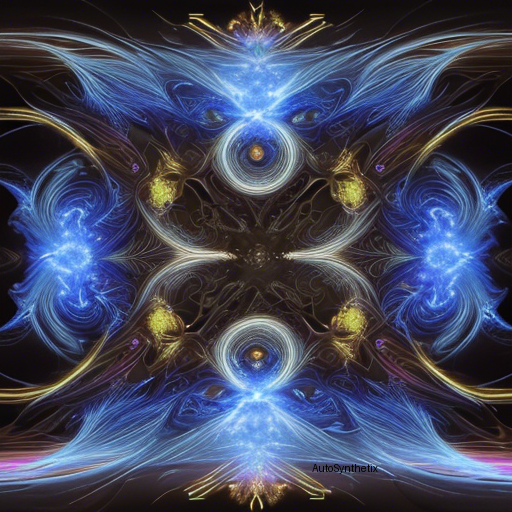In today's fast-paced technological landscape, Artificial Intelligence continues to astound us with groundbreaking advancements. One particular domain capturing widespread interest lately is generative modeling within multimedia contexts – specifically, the creation of dynamic media. This realm has witnessed a significant milestone courtesy of "SORA" from OpenAI, released early last year. However, the quest for more comprehensive solutions persists, leading researchers into devising innovative architectures like 'MorA'. Let's delve deeper into how MorA aims at revolutionizing the world of synthetic video production using a versatile multi-agent system approach.
**The Genesis of Generative Videos: Meet SORA**
OpenAI's SORA made headlines upon release due to its exceptional ability to generate high-quality videos spanning numerous genres effortlessly. As one of very few publicly available large-scale generalist video generation models, SORA set the bar exceptionally high, leaving room only for further innovation rather than direct competition. Consequently, the demand arose for similar yet distinct approaches capable of emulating SORA's prowess while expanding the scope beyond what was previously thought possible.
**Enter MorA: Harnessing Collaboration Through Agents**
Introduced in a recent arXiv publication, MorA stands out as a novel attempt towards addressing these challenges. Named after the ancient Greek goddess associated with magick, prophecy, and instigation, MorA embodies a visionary spirit in its mission to transform video synthesis paradigms. By adopting a decentralized multi-agent architecture, MorA strives to achieve generalist video generation competency comparable to SORA without directly aping its methods.
This bold ambition materializes through integrating diverse specialized Visual AI agents working cohesively under MorA's umbrella. These individual components excel in specific subtasks encompassing text-based prompt response, conditional imagery manipulation, extending existing footage, real-time edits, seamless connections among clips, simulated environments construction, and much more! Each agent contributes uniquely to overall output quality, making MorA both adaptable and robust in handling complex scenarios.
**Experimental Results: Strikingly Close Yet Distinct**
As per the research team behind MorA, their findings exhibit promising outcomes. While not surpassing SORA comprehensively, MorA manages to deliver commendably close performances in most tested use cases. Despite minor discrepancies emerging during evaluations, MorA's unique multi-faceted nature lays foundational stones toward fostering a new era of interdisciplinary collaboration in artificial intelligence.
**Conclusion:**
With MorA heralding a fresh wave of exploration in the field of autonomous video generation, the potential applications appear limitless. From enhancing creative industries' productivity levels exponentially to fueling scientific breakthroughs demanding vivid simulations, MorA demonstrates how collective efforts spearheaded by intelligent agents could reshape the way we experience reality virtually. Undoubtedly, such progress will continue driving the pursuit of evermore sophisticated and life-like experiences, paving pathways ripe for continued discovery amidst the exciting frontiers of AI development.
Source arXiv: http://arxiv.org/abs/2403.13248v2
